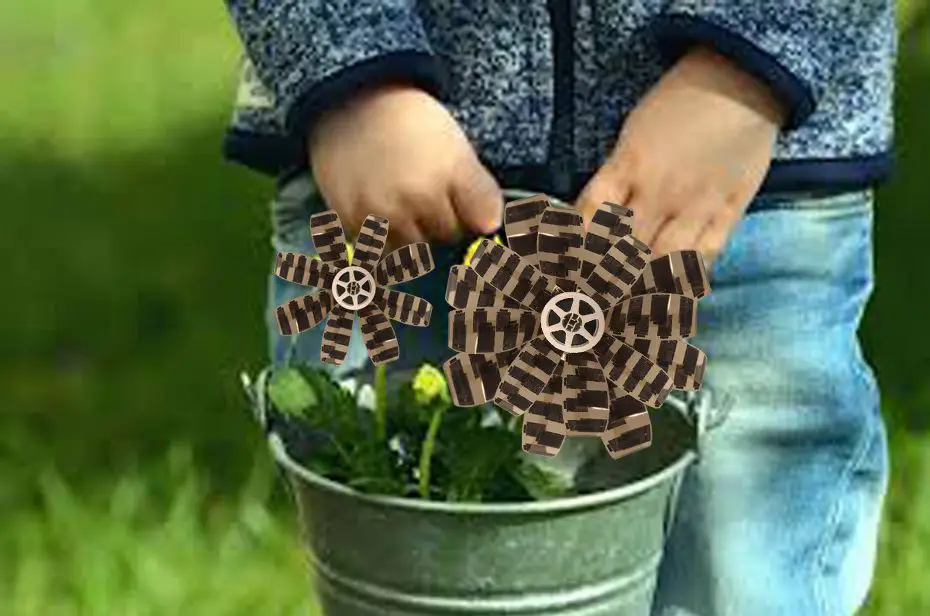Recycling Microfilm

As our headquarters are in Maryland (and because I’m in the marketing department and not hands-on with microfilm), the question led me on a quick walk around the office where I gathered some helpful information.
Recycle
First stop was our IT department and its head, Greg Souders, who identified our local vendor, e-End. Although the vendor couldn’t help with Colorado, they did suggest a visit to the National Association for Information Destruction website as the best resource for a certified vendor in most areas.
A walk through our imaging services division led to a conversation with one of our tenured microfilm technicians, Phil Westcott, who also happens to own an organic recycling business, Key City Compost. Phil mentioned that any polyester-based film can be treated as a plastic and can pass to any recycling vendor – with the caveat that the spool itself would either need to be made of a recyclable material or removed from the film.
Reclaim
Rounding the corner on the way back to my office, I stopped at the desk of another Westcott, senior imaging specialist Dave Westcott, who noted that silver halide microfilm can be sent to a reclaiming service for silver extraction. If there is a large enough quantity, the reclaimer will pay for the scrap film; for smaller quantities, it might just be a donation. Search the internet for “silver halide reclaiming” to find vendors in your area.
Research
Finally back at my desk, I did what most of us do when we don’t know the answer: googled it. Another win! The Association for Library Collections & Technical Services, a division of the American Library Association, has an informative chapter in their Managing Microforms in the Digital Age publication entitled: Donating, Discarding, and Recycling. It is filled with helpful information and multiple links to sites that will help you dig into the details.
As we celebrate Earth Day on Monday, I’m appreciative of both those who take the time to think about environmentally-friendly disposal and for the question that led me on this walk. As for my new friend in Colorado, he’s hanging on to his collection while looking for the best solution and planting piñon trees to make the world around him a better place.
For More Information
Have a question? We’re always happy to find an answer. Ask your Crowley Company representative today about our energy-friendly scanners and services.


Cut into 6″ sections, roll microfilm makes great bookmarks! If you want to fancy it up, punch a hole in one end and add a tassle. It’s especially cool if it’s 35mm film of books.
Great idea; thanks for sharing!
Any idea of how to get rid of an old hand crank microfilm machine? Thanks
We might have an idea. Could you please send a picture of it to [email protected]? Thanks!
Does this article on Recycling Microfilm apply also to Microfische?
Thank you!
Rune, Volunteer
Heritage Quest Research Library (Genealogical)
1007 Main Street
Sumner WA 98390
Dear Rune:
Our educated guess is “yes” as microfiche film is similar to microfilm in make-up. We’ll look into it and if we find out differently, we’ll let you know! Thanks for reading –